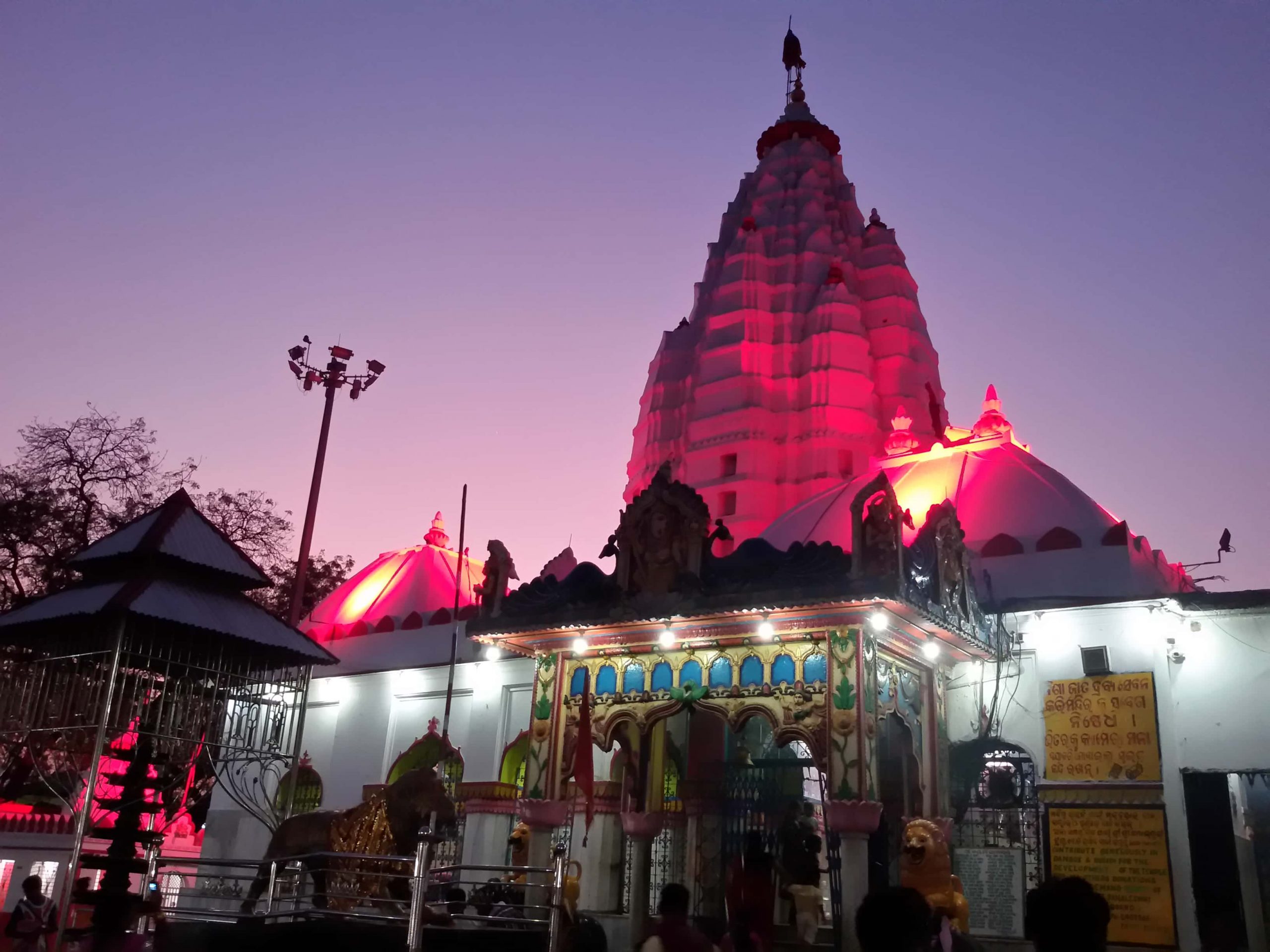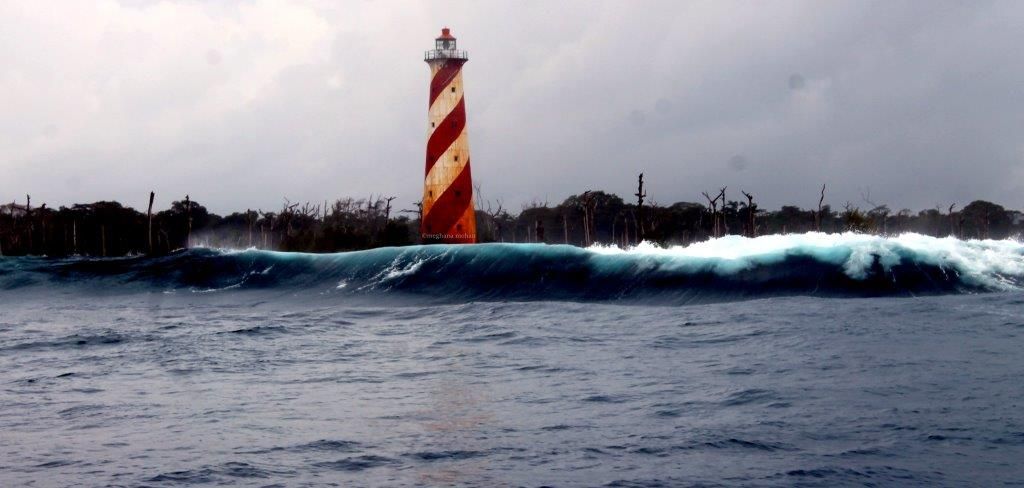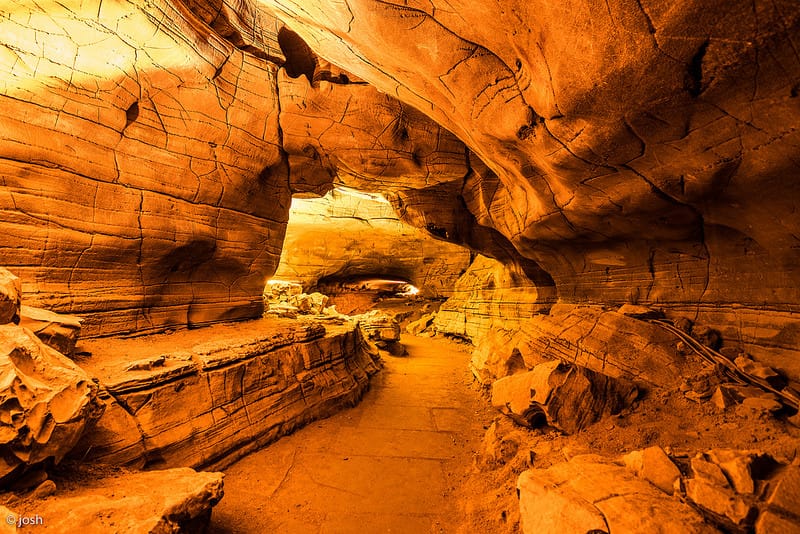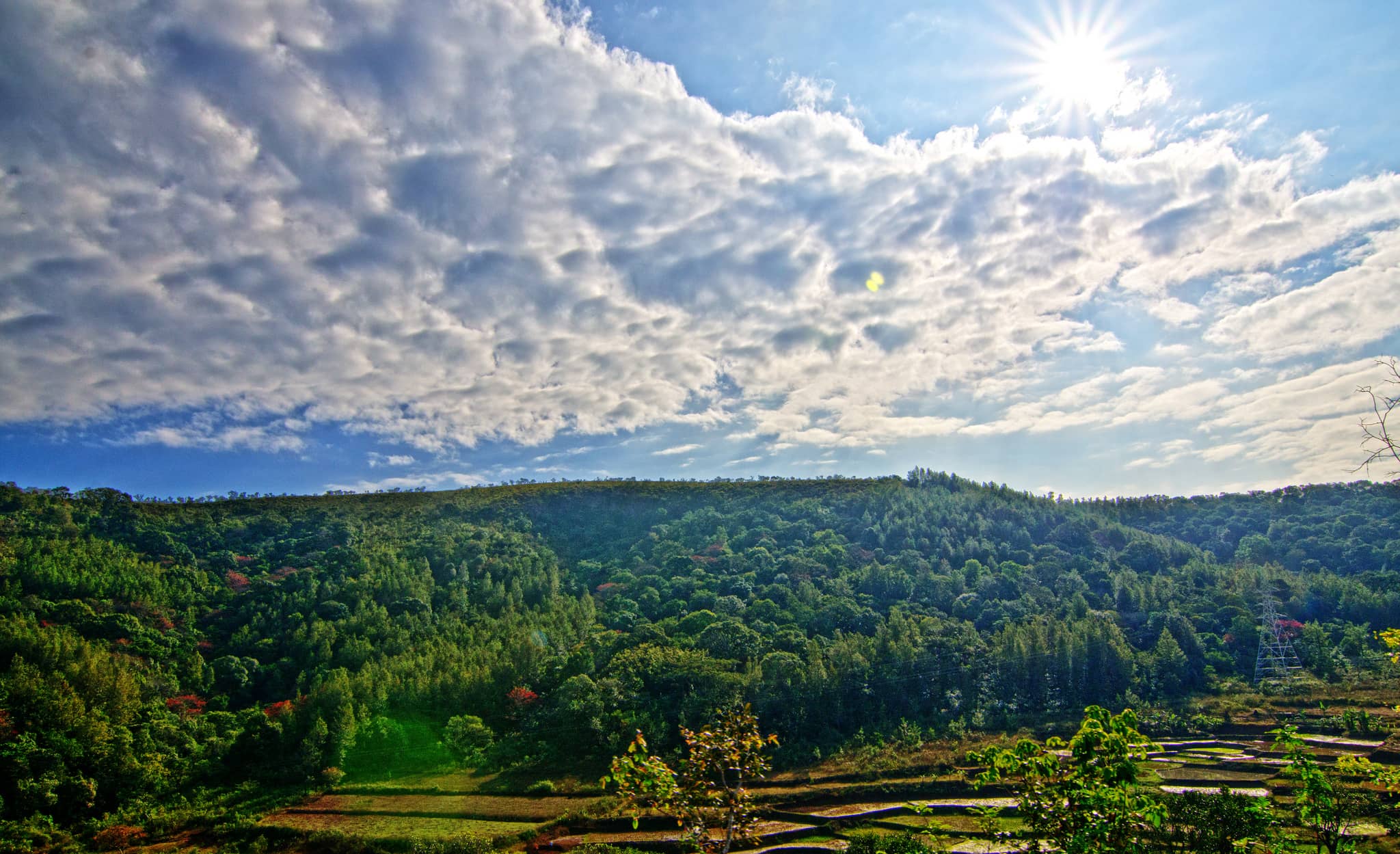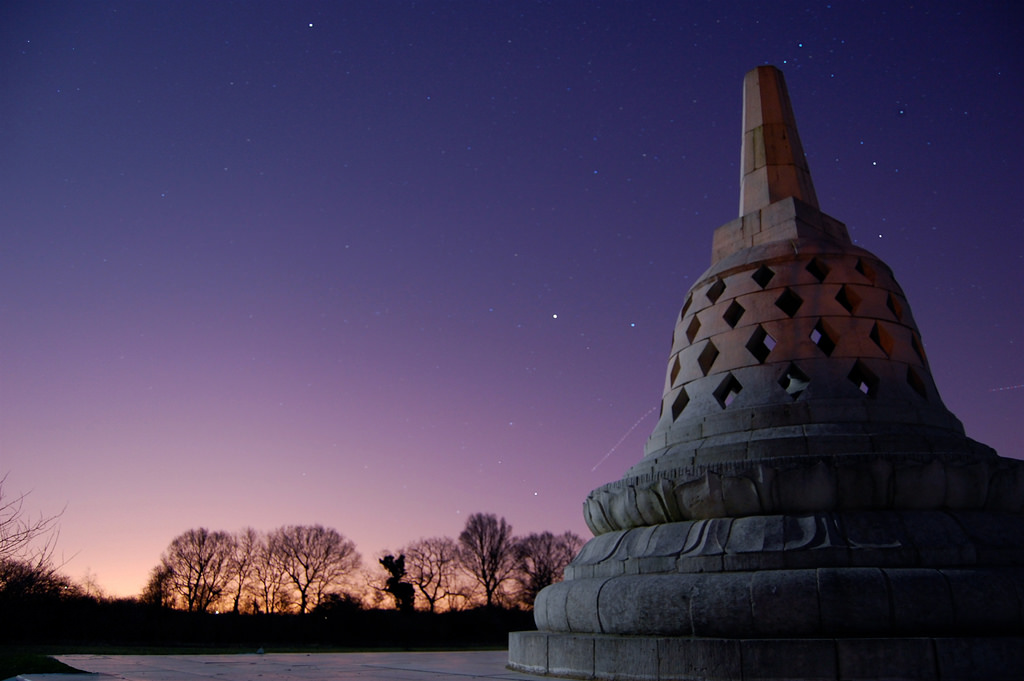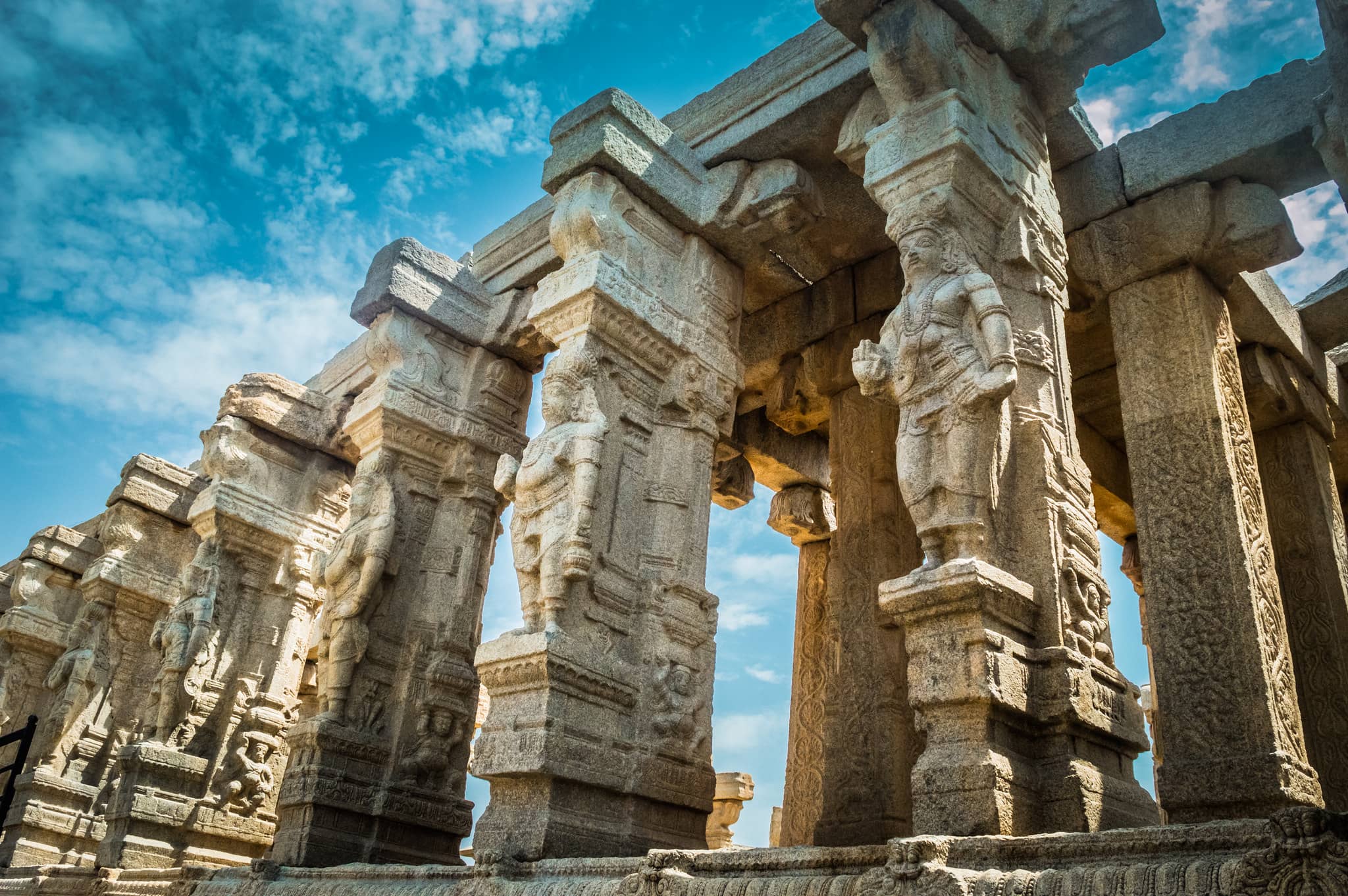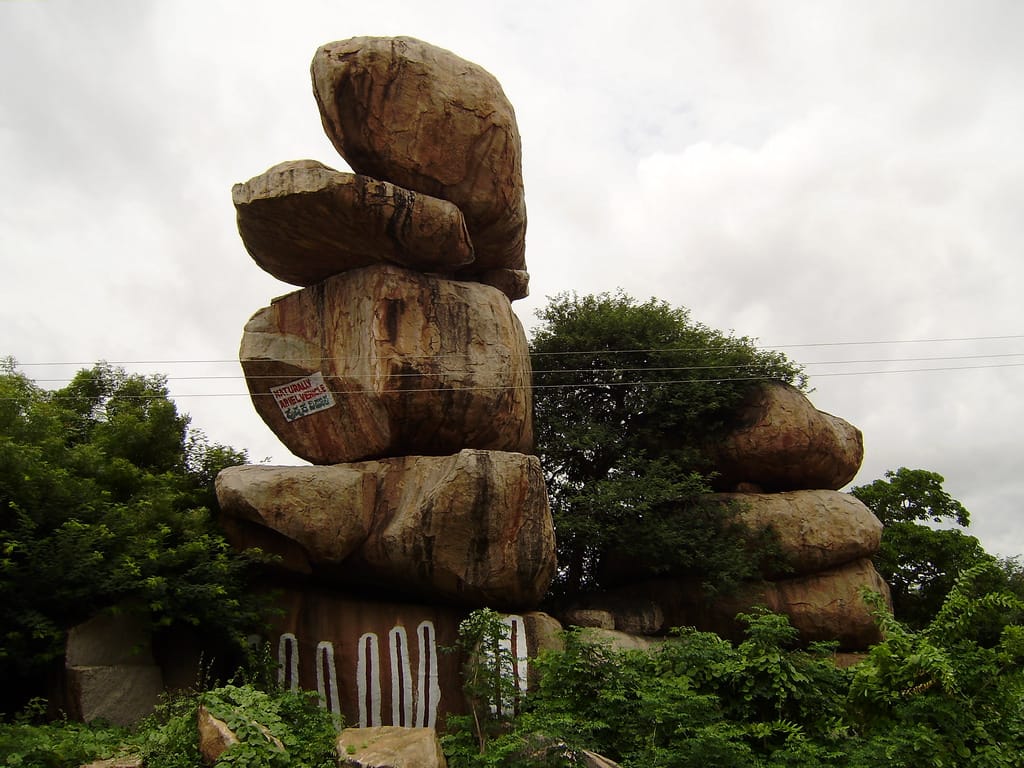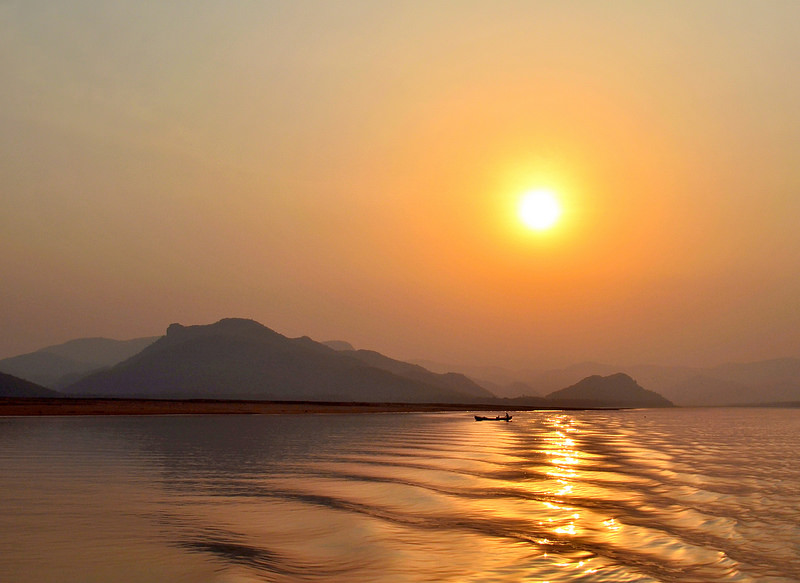Sambalpur is one of the oldest regions in India, with evidence of human settlements dating back to ancient times. It is well-known for the traditional Sambalpuri saree, a famous handwoven textile that gets its name from this place. Sambalpur also holds great historical value because it was a center for many freedom movements during British rule. One of the most respected freedom fighters from this region was Veer Surendra Sai, who bravely fought against the British and gave his life for the country.
places to visit in Sambalpur
Hirakud Dam
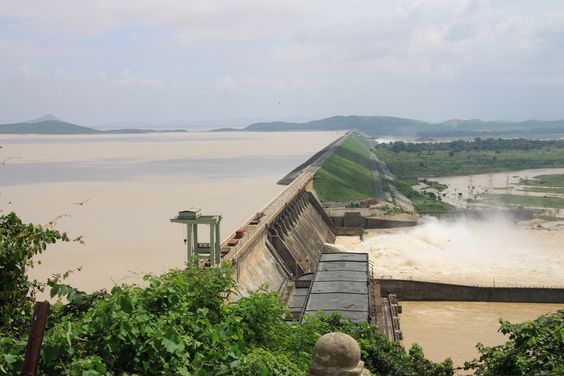
Hirakud Dam is one of the longest dams in the world, built across the Mahanadi River.
It is located around 15 km from the city of Sambalpur in Odisha.
This massive dam helps control floods and stores water for irrigation.
It also produces hydroelectric power for the region.
The dam has become a popular tourist spot, especially for picnics and nature lovers.
Visitors enjoy scenic views and boat rides in the large reservoir.
It’s a great place to learn about water management and enjoy nature.
Debrigarh Wildlife Sanctuary
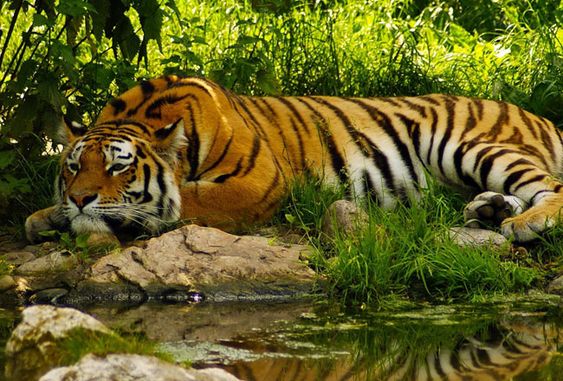
Debrigarh Wildlife Sanctuary is a rich natural reserve in Odisha.
It is home to over 40 species of mammals and 234 types of birds.
You can also find reptiles, amphibians, butterflies, and even rare spiders here.
Animals like leopards, elephants, and the Indian gaur roam freely in the area.
It is an important sanctuary for protecting endangered species.
The peaceful forest and nearby Hirakud reservoir make it perfect for eco-tourism.
Nature lovers and wildlife photographers often visit this lush and quiet sanctuary.
Cattle Island

Cattle Island lies at one end of the Hirakud Reservoir and is quite unusual.
The island has no human population and is inhabited only by wild cattle.
These animals were left behind when people moved out during the dam construction.
Over time, the cattle adapted and now live on their own in the wild.
It’s a unique place with a mysterious atmosphere and natural charm.
The island is surrounded by water, making it peaceful and quiet.
Visitors enjoy boating here and observing the free-roaming cattle from a distance.
Samaleswari Temple

Samaleswari Temple is a famous and sacred temple in Sambalpur.
It is dedicated to Goddess Samaleswari, the presiding deity of the region.
The temple is believed to have been built in the 15th century.
It has a simple but charming whitewashed structure.
Devotees come here from all over to seek blessings and offer prayers.
The temple is especially crowded during festivals like Nuakhai.
It holds deep cultural and religious importance for the local people.
Maa Ghanteswari Temple

Maa Ghanteswari Temple is located near Chiplima, about 30 km from Sambalpur.
The temple is known for thousands of bells offered by devotees.
People believe the goddess grants wishes, and they hang a bell when their wish is fulfilled.
It is called the Temple of Bells because of this unique tradition.
The temple is also close to the river, adding to its spiritual vibe.
Visitors love the sound of the bells ringing in the wind.
It’s a peaceful spot where faith and nature come together beautifully.
Huma Temple

Huma Temple is famous for being one of the few leaning temples in the world.
It is located in Huma village, 23 km from Sambalpur, on the banks of the Mahanadi River.
The temple leans at an angle, yet its structure remains strong and stable.
It is dedicated to Lord Shiva and attracts many devotees and tourists.
The lean is natural and not caused by an earthquake or design flaw.
A fair is held here every year, drawing large crowds.
It’s both a place of worship and a curious architectural wonder.
Pradhan Path Falls

Pradhanpat Waterfall is a scenic step waterfall in Debagarh district, near Sambalpur.
The water flows down several rocky levels, creating a stunning view.
It’s a favorite picnic spot, especially during the monsoon when it’s at full flow.
Surrounded by greenery and hills, the area is peaceful and refreshing.
Locals and tourists visit to relax and enjoy nature’s beauty.
It’s also a good place for photography and short hikes.
The falls offer a quiet escape from the busy city life.
Best Time to Visit Sambalpur
The best time to visit Sambalpur is from September to March, when the weather is pleasant and good for travel. Summers in Sambalpur can get very hot, with temperatures going up to 47°C, so it’s better to avoid visiting during peak summer. If you’re planning a summer trip, it’s best to go early in the season.
Monsoon begins in July and brings heavy rain, which cools the region after the summer heat. However, there may be chances of flooding, so always check the weather before traveling during this time. Temperatures during the monsoon stay between 30°C and 20°C.
Winter is the best season to explore Sambalpur. The cool weather is perfect for sightseeing, and temperatures can drop to as low as 5°C, especially at night. It’s the ideal time for tourists to enjoy outdoor activities and explore the city.
| Season | Months | Temperature Range | Sambalpur Weather & Travel Info |
|---|---|---|---|
| Summer | April to June | 30°C – 47°C | Very hot and dry. Not ideal for travel. Visit only in early summer if needed. |
| Monsoon | July to September | 20°C – 30°C | Heavy rainfall, chances of flooding. Check forecast before planning a trip. |
| Winter | October to March | 5°C – 25°C | Cool, comfortable weather. Best time for sightseeing and exploring the city. |
